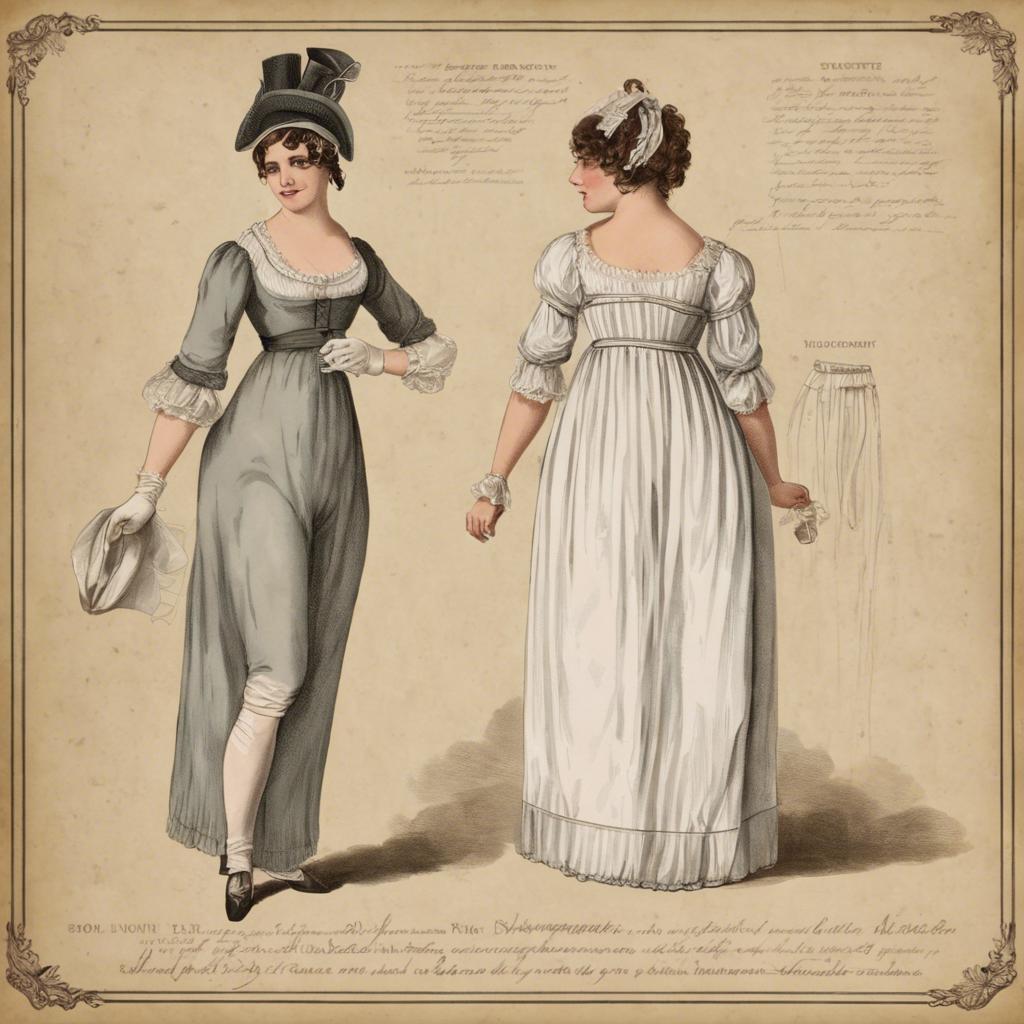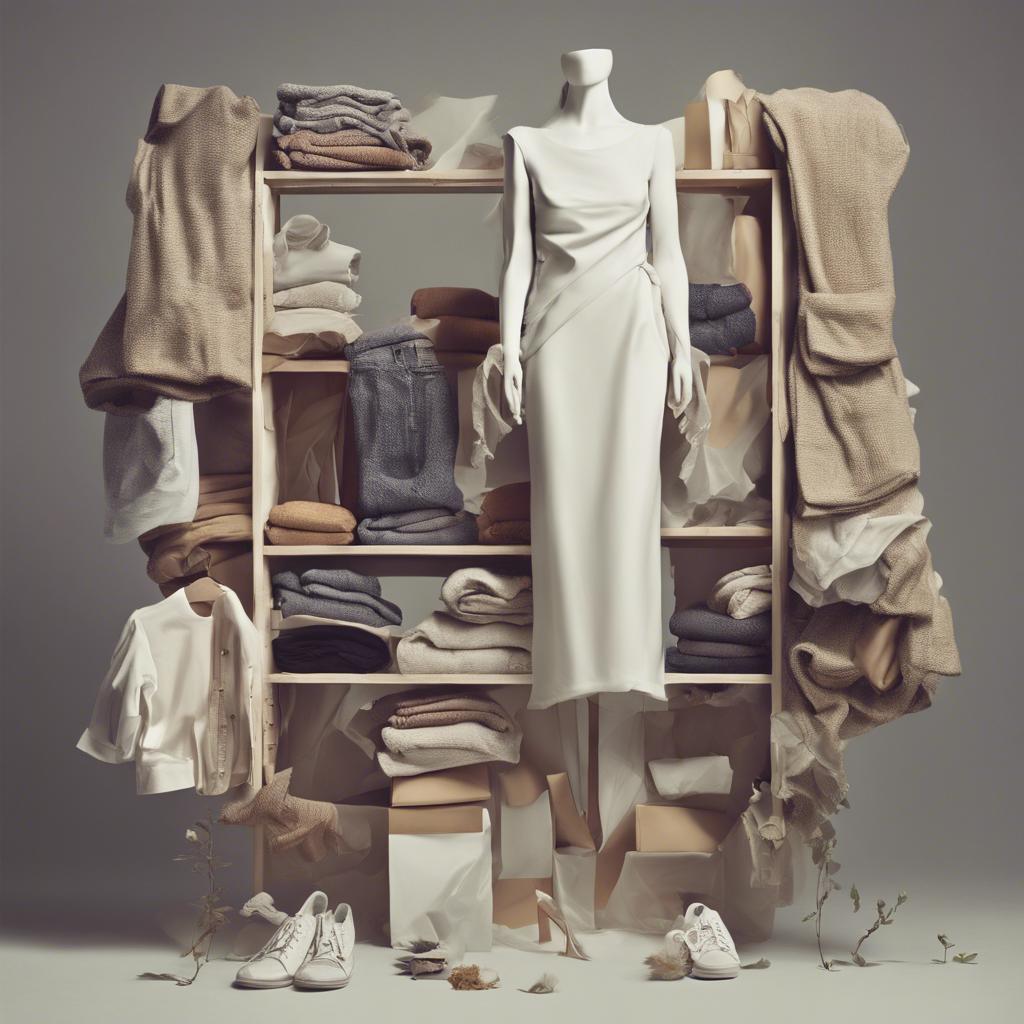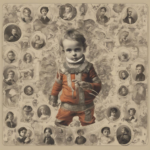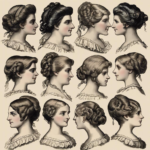During the Regency era, a period spanning from 1811 to 1820, fashion and etiquette played a crucial role in society. While the elegant gowns and elaborate hairstyles of this time are well-documented, the undergarments that helped shape and support these ensembles are often overlooked. In this article, we will explore the under clothes of the Regency era, delving into the intricate designs and construction methods that were essential for creating the fashionable silhouettes of the time. Join us as we uncover the hidden layers of Regency fashion and discover the secrets of dressing in the regency era undergarments men”>early 19th century.
The Importance of Undergarments in Regency-era Fashion
In Regency-era fashion, the importance of undergarments cannot be overstated. These underclothes provided not only support and structure but also played a crucial role in achieving the desired silhouette of the time.
One of the key undergarments for women during this period was the chemise. This lightweight, loose-fitting garment was worn under the corset to protect the outer clothing from body oils and sweat. The chemise also helped prevent chafing from the corset and provided an additional layer of modesty.
Another essential undergarment for women in the Regency era was the petticoat. This underskirt helped to add volume and shape to the skirts and dresses worn over it. Made of linen or cotton, petticoats were often decorated with lace or embroidery for added femininity.
Types of Undergarments Worn During the Regency Era
During the Regency Era, a variety of undergarments were worn by both men and women to achieve the desired silhouette and support. For women, stays, also known as corsets, were essential undergarments that provided structure and shape to the body. These stays were typically made of stiffened fabric or whalebone and laced up the back to cinch the waist and lift the bust. Chemises, or shifts, were worn underneath stays to protect the outer garments from sweat and oils. These loose-fitting garments were typically made of linen or cotton.
Another common undergarment worn by women during the Regency Era was the petticoat. Petticoats were worn under dresses to add volume and shape to the skirt, creating the fashionable silhouette of the time. These petticoats were often made of light, airy fabrics like muslin or silk and could be trimmed with lace or ribbon for added detail. Drawers, or pantaloons, were also worn by some women during this time, though they were not as commonly worn as other undergarments.
For men during the Regency Era, undergarments were typically simpler and more utilitarian than those worn by women. Men wore a linen shirt as their base layer, which provided warmth and protection for the outer garments. Breeches, or short trousers, were worn underneath more formal outerwear like coats or tailcoats. These breeches were typically made of wool or linen and fastened at the waist with buttons or ties. Socks and stockings were worn to cover the legs and provide warmth, with stockings often made of silk or fine wool for formal occasions.
Materials and Construction of Regency-era Underclothes
During the Regency era, underclothes were essential garments worn by both men and women to achieve the fashionable silhouettes of the time. These undergarments were typically made from natural fibers such as cotton, linen, and silk, providing comfort and breathability for the wearer. The construction of Regency-era underclothes was intricate and meticulous, with attention to detail in both design and craftsmanship.
Women’s underclothes during the Regency era usually included a chemise, stays (corset), petticoats, and drawers. The chemise was a loose-fitting gown worn underneath the outer garments to protect them from sweat and body oils. Stays, or corsets, were tightly laced garments designed to shape the torso and support the bust. Petticoats were worn over the stays to add volume to the skirts, while drawers provided coverage and modesty underneath the outer garments.
Men’s underclothes in the Regency era consisted of a shirt, breeches, stockings, and a waistcoat. The shirt was typically made from linen and worn underneath the waistcoat. Breeches were knee-length trousers worn by men, often made from wool or cotton. Stockings were essential hosiery worn to cover the lower legs, while the waistcoat added an extra layer of warmth and sophistication to the outfit. The construction of these underclothes emphasized durability and comfort for the wearer, reflecting the fashion and lifestyle of the time.
Step Into the World of Cheryl Bolen
Dive into the enchanting stories of love, intrigue, and elegance set in the Regency Era. Cheryl Bolen's novels offer timeless romance and captivating tales that will leave you wanting more.
Explore Cheryl Bolen's Books Now
Tips for Incorporating Authentic Regency Undergarments into Modern Fashion
When it comes to incorporating authentic Regency undergarments into modern fashion, there are a few key tips to keep in mind. First and foremost, it’s essential to understand the purpose and construction of these undergarments in order to effectively integrate them into your wardrobe.
One way to incorporate Regency-era undergarments into your modern outfit is to layer them under a sheer or lace top for a subtle yet elegant look. Adding a chemise or corset underneath a sheer blouse can add a touch of vintage charm to an otherwise contemporary ensemble.
For those looking to make a statement with their undergarments, consider wearing a pair of Regency-era bloomers or pantaloons as outerwear. Paired with a high-waisted skirt or trousers, these undergarments can add a unique and unexpected twist to your outfit.
Wrapping Up
the undergarments of the Regency Era played a crucial yet often overlooked role in shaping the fashionable silhouette of the time. From the chemises and corsets that provided structure and support, to the petticoats and drawers that added volume and modesty, each piece served a specific function in creating the desired aesthetic of the period.
By understanding the intricacies of Regency Era underclothes, we gain a deeper appreciation for the attention to detail and craftsmanship that went into creating the fashionable ensembles of the time. These undergarments not only shaped the physical appearance of the wearer, but also reflected the social norms and values of the era.
As we continue to study and preserve the artifacts of the past, let us not forget the significance of undergarments in shaping the history of fashion and society. The next time you admire a beautiful Regency Era gown, remember the hidden layers of underclothes that helped to create its iconic silhouette.
In uncovering the secrets of Regency Era underclothes, we gain a greater understanding of the complexities of dress and adornment in this fascinating period of history. Let us continue to explore and celebrate the rich sartorial heritage of the past, one undergarment at a time.


